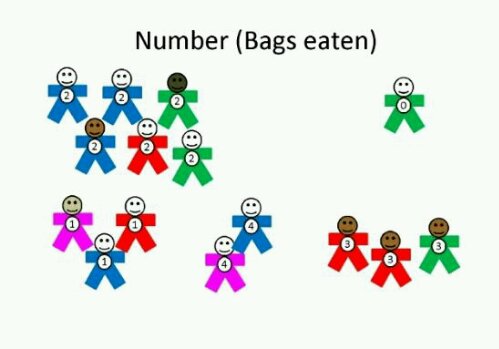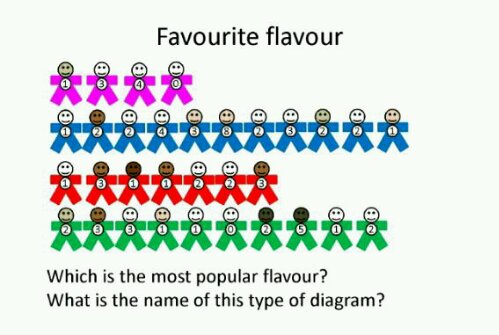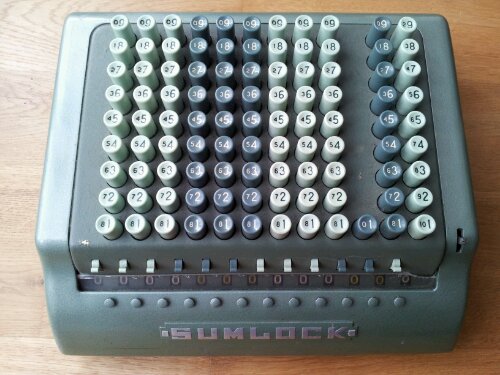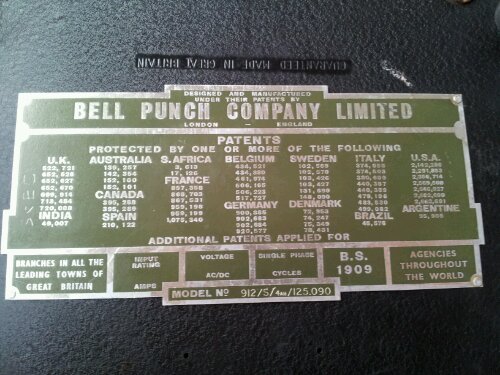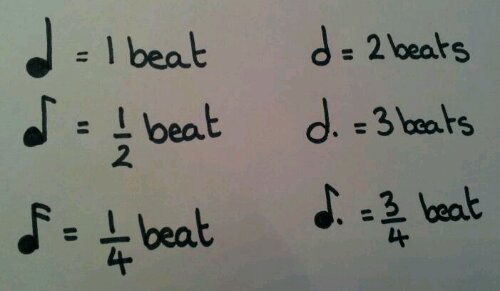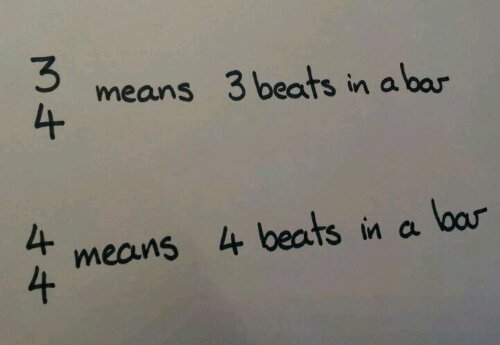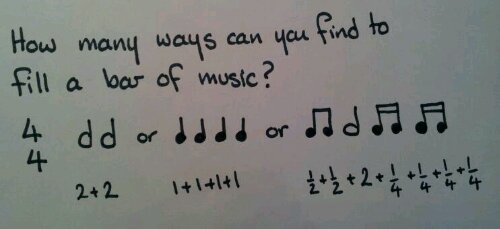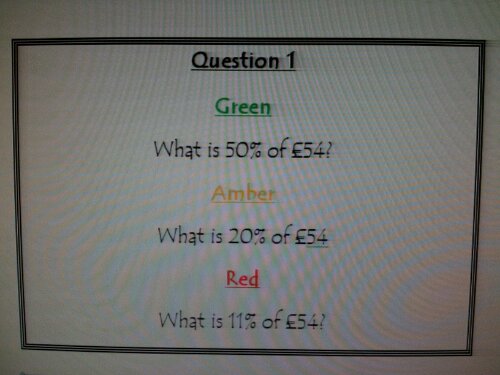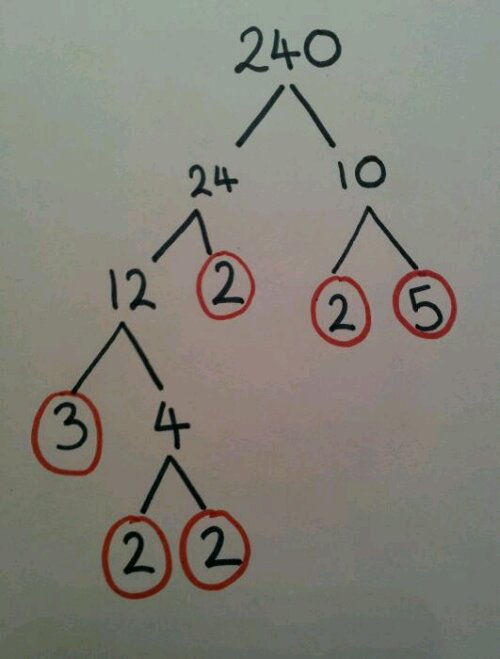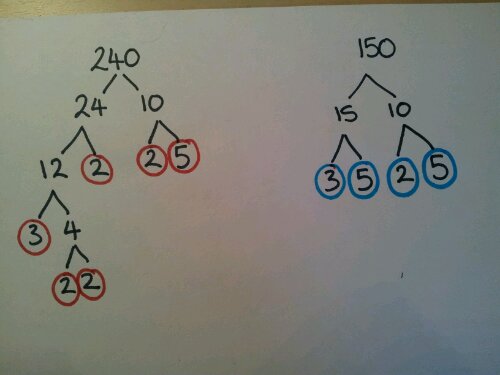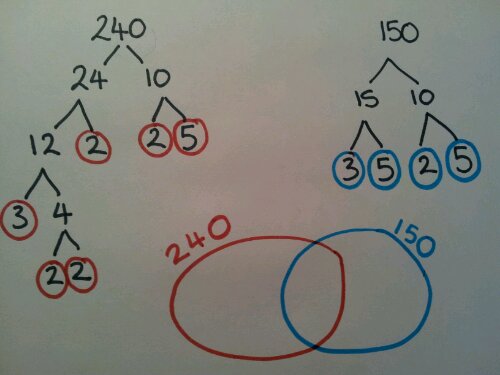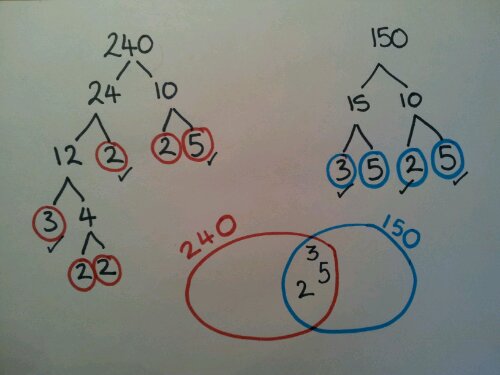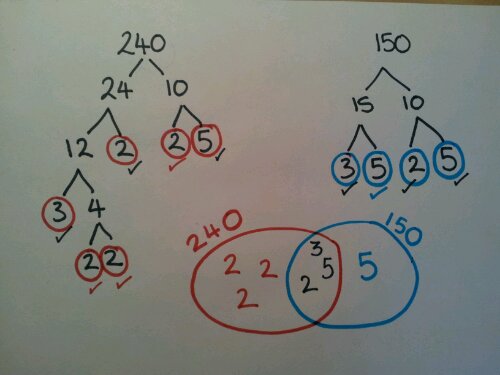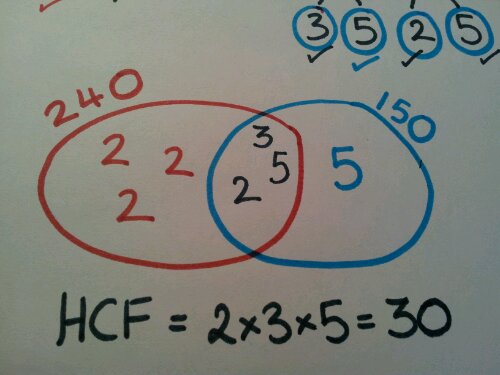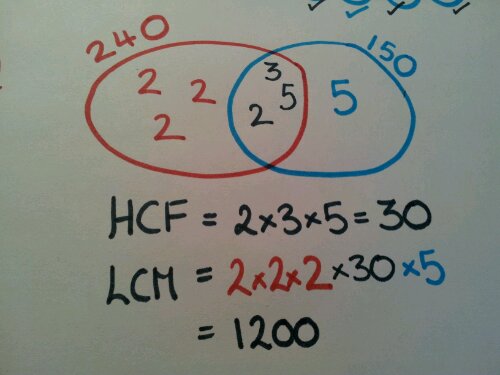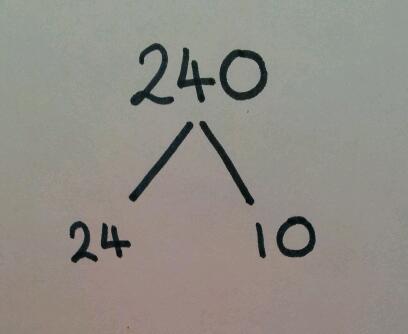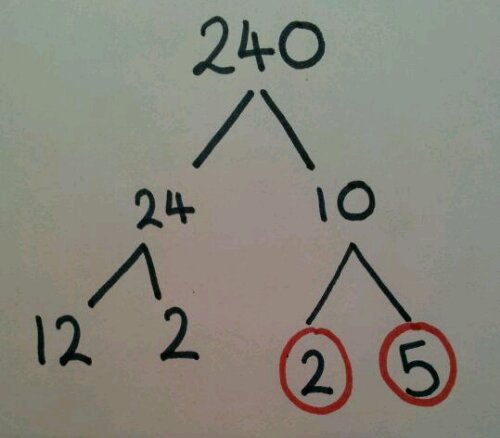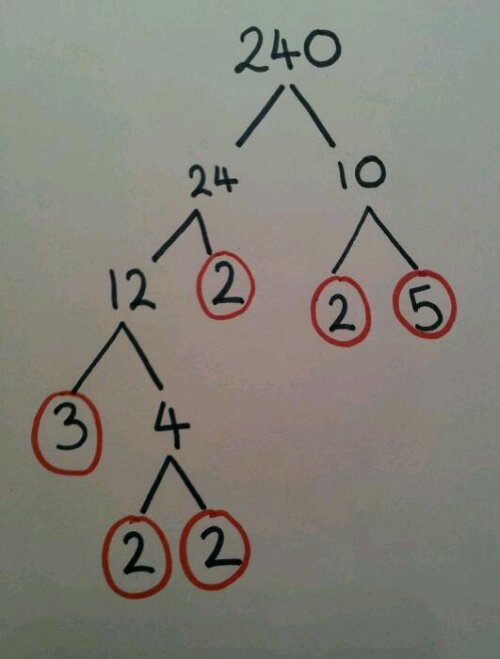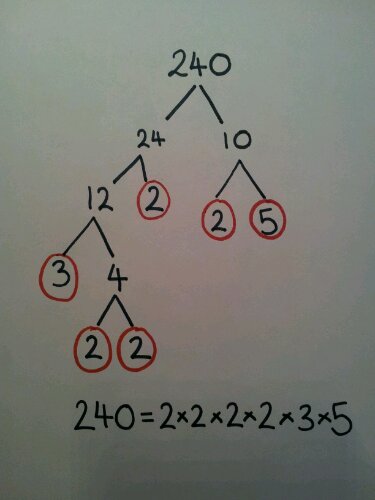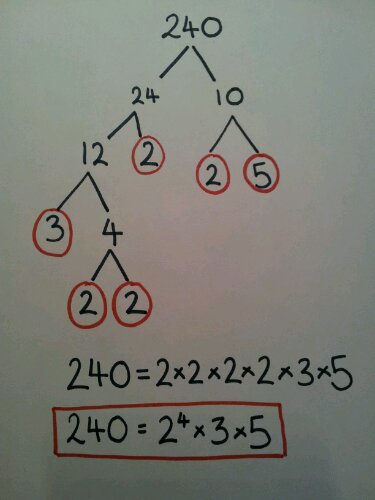Did my Little Thinkers give you ideas for a lesson?
I hope so!
These are my little crisp people and they’ve been helping pupils learn for over a decade.
I first thought up this task when an interactive whiteboard and digital projector came in the form of an overhead projector. Using the brand new concept of colour printing onto inkjet OHP transparencies, we could move these little people around the board and investigate different problems. Each number represents the number of bags of crisps eaten in a week. Each colour represents a flavour (Blue = salt & vinegar, red = ready salted, green = cheese & onion, pink = prawn cocktail).
You can sort by number of bags eaten:
You can create a flavour pictogram:
In fact you can use this resource with KS2 & KS3 to investigate lots of topics:
Sorting by category (number/colour)
Ordering numbers
Pictograms
Venn diagrams
Carroll diagrams
Bar-charts
Averages
Questionning
Probability
And anything else you can think of.
I’ve created an editable template of figures, in three different sizes. You print them out and use them individually, in group work or on the wall. There is also a teacher guide on how to use the crisp people.
Enjoy!
Download your little people below:
Editable template crisp-people-template-blank
Teacher guide and presentation crisp_people_guide

